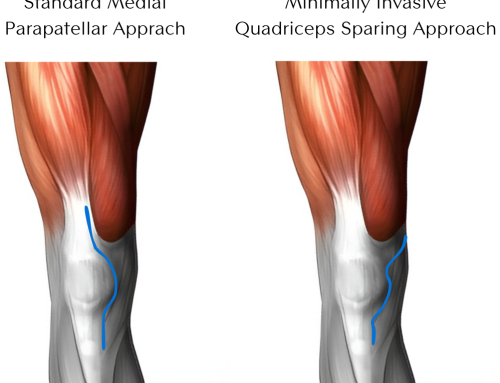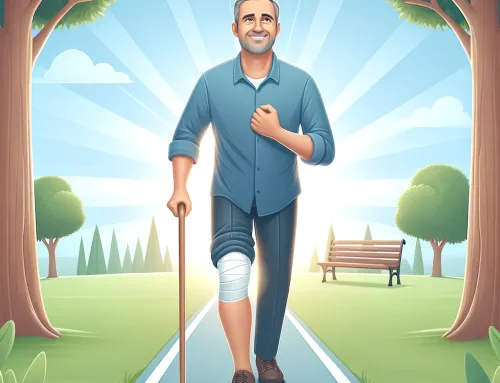Heal your ACL Tear
Choose Dr. Morton as your Anterior Cruciate Ligament Surgeon
Board Certified, Fellowship-trained Knee Surgeon
Latest Technology
High success rate
Minimally Invasive surgery
ACL Repair and Reconstructive options
Bridged Enhanced ACL Repair (BEAR) implant
The Bridged Enhanced ACL Repair (BEAR) implant is the first medical advancement to enable your body to heal its own torn anterior cruciate ligament (ACL). That’s a big deal because until now your ACL would have been replaced with either another tendon from your body or a tendon from a deceased donor.
- Natalie M.11/18/2020Dr. Morton is an extremely knowledgeable doctor with great experience and education. Knowing he has had three ACL reconstructive surgeries himself and is in great shape and athletic gives me hope in my situation and confidence that he is the right doctor for me. He also took his time explaining my unique situation to me, asked me questions to understand my pain, and I did not feel rushed out.He just moved into this new office at Queens so be patient having to go to another building for x-rays if needed and allow plenty of time to figure out parking. The front desk staff is kind and very helpful as well! Very positive experience overall.read moreread lessEileen N.6/30/2023I would highly recommend Dr. Morton and his staff. He did a great job on my knee surgery and recovery. Very patient, listens to you and explains everything so you understand.read moreread lessBJJTREE 8.3/08/2022Update on my surgery and recovery. I’m happy to share that with the help of Dr Paul Morton I’m almost back to my very active lifestyle! My surgery was on 11/30 and after just 12 weeks I’m already back to trail running, surfing and doing plyometrics! Getting back on the mats for Jiu Jitsu and hitting mits/heavy bag will have to wait a few more months. The bone will obviously have to heal a bit more before it can withstand those types of stresses. I can’t say enough about how friendly and professional Dr Morton and his staff were and if you happen to have any type of knee or hip injury, you should give his office a call and come in for an appt… you won’t be disappointed! I uploaded a few pictures so you can see his workmanship.read moreread less
- Rick S.8/07/2021Dr. Morton has really helped me with myKnee issues. His extensive knowledgeAnd recommendations has me back toA better lifestyle and I cannot thank himEnough. I urge anyone with joint problemsTo seek his treatment. Great job Dr. MortonAnd again thank you!!!read moreread lessSherrill B.6/02/2021It was refreshing to have a tutorial by Dr Paul Notion Morton on my knee problem. I really appreciate his spending the time and giving me the options to come to the best decision for my problem knee. His staff is friendly and helpful as well (bringing me a desk to fill out medical information while seated)I’m looking forward to my progress‼️read moreread less
Evolution of ACL Repairs
ACL repairs failed in the past as the normal synovial fluid in the joint would prevent the healing of this ACL. This process is called resorption, where your body slowly breaks down and absorbs the repair over time.
So surgeons began searching for a way to encourage your body to accept the repair and enable it to heal on its own. The first major breakthrough in this area was the development of the autograft, which uses a tendon from another part of your body to replace your ACL.
While this method was an improvement, it still had its limitations as the new tendon was not always as strong as the original. Additionally, there was still the risk of resorption, albeit to a lesser extent.
The use of an allograft uses a tendon from a deceased donor. This method eliminates the need to harvest a tendon from another part of your body, but there is still the risk of resorption as your body may reject the allograft. In addition, allografts are not as strong as autografts and have a higher failure rate, especially in younger patients.
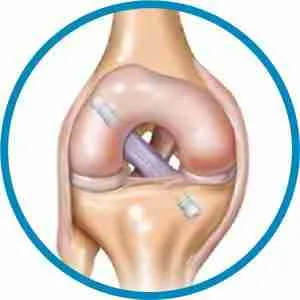
Reconstruction
Replaces the ACL with a graft
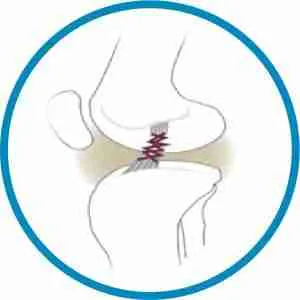
Primary Repair
Reapproximation of tissue with suture
What is the BEAR ACL repair?
The BEAR implant is different because it works with your own blood to help heal the torn ends of the ACL ends back together. The BEAR implant is designed to hold and protect your blood in the gap between the ACL ends to allow the formation of a clot, which is necessary for healing. This is done using the BEAR implant to protect the repair. The BEAR Implant is a decellularized, bovine-derived, type I collagen implant that resorbs in 8 weeks. The BEAR implant prevents the synovial fluid from infiltrating this area and breaking down the normal healing factors.
How is the BEAR implant different from reconstruction?
ACL tears are often treated with surgery called ACL reconstruction. During ACL reconstruction, an orthopedic surgeon removes your torn ACL and replaces it with a graft from another part of your leg (called an autograft) or a deceased donor (called an allograft). Although ACL reconstruction is effective, the procedure has drawbacks; the normal anatomy is not restored. Some people are unable to return to the same level of daily activities or sports after ACL reconstruction.
The BEAR implant is a simpler procedure than an ACL reconstruction to repair. The remaining ACL tissue is preserved and your ACL is restored. Additionally, postoperative care for the BEAR implant is less intensive than postoperative care for ACL reconstruction.
The BEAR implant was cleared by the U.S. Food & Drug Administration and is indicated for skeletally mature patients at least 14 years of age with a complete rupture of the ACL, as confirmed by MRI. Patients must have an ACL stump attached to the tibia to construct the repair. The device must be implanted within 50 days of injury. If your ACL remnants are not intact, you may require an ACL reconstruction.

The benefits of the BEAR implant include:
Superior in return to sports
Improved hamstring/quad ratio
Increased hamstring strength
Improved pain outcomes
Helps your own ACL heal
No need for grafts
No autograft wound site that needs to heal
No worries about donor graft quality or risk of disease
Restores torn ACL quality and size similar to your non-injured ACL
Faster recovery of muscle strength
Simple outpatient procedure
Higher patient satisfaction with being ready to return to sports
Potential for more normal joint mechanics
Potential for decreased post-traumatic osteoarthritis (demonstrated only in animals)
Revisions are easier than a revised ACLR
Early research shows a trend toward better outcomes with a revision after the BEAR Implant
Effective across a broad range of tear types
How is BEAR Procedure performed?
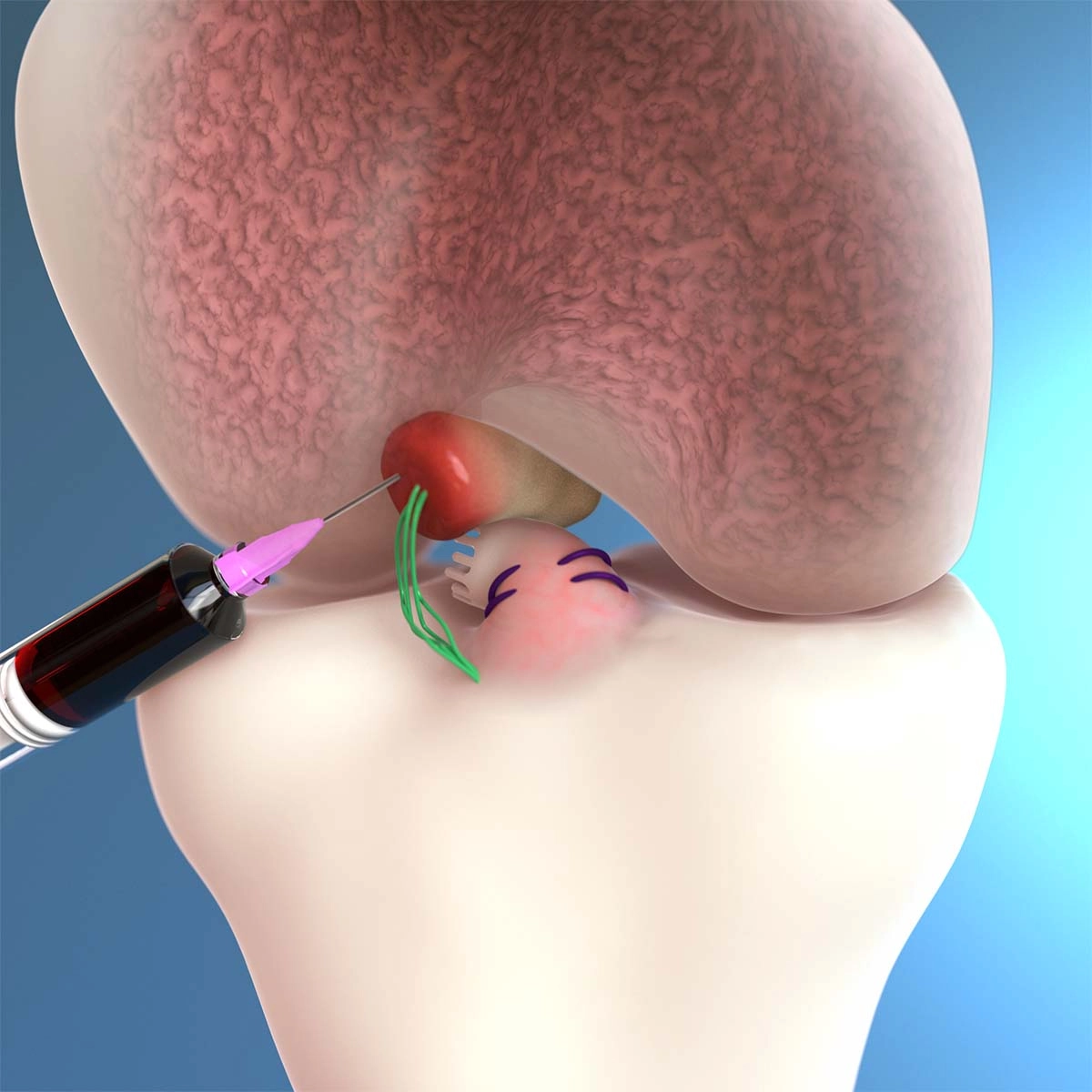
The combination of autologous whole blood and the BEAR Implant creates a clot that acts as a bridge between the torn ends of the ACL. This protects the clot from further damage in the synovial environment. Without protection of the repair, there is a high risk of graft failure.

The BEAR Implant helps the body’s natural recovery mechanism by assisting cell migration and proliferation using the patient’s own blood.

At the end of eight weeks, the implant is resorbed and replaced with natural cells, collagen, and blood vessels. Over time, the new tissue continues to remodel and strengthen.

The BEAR Implant specific rehabilitation protocol has been designed to help the ACL heal during the healing process. Return to sports typically occurs at 9 months to 1 year after surgery.
Research:


